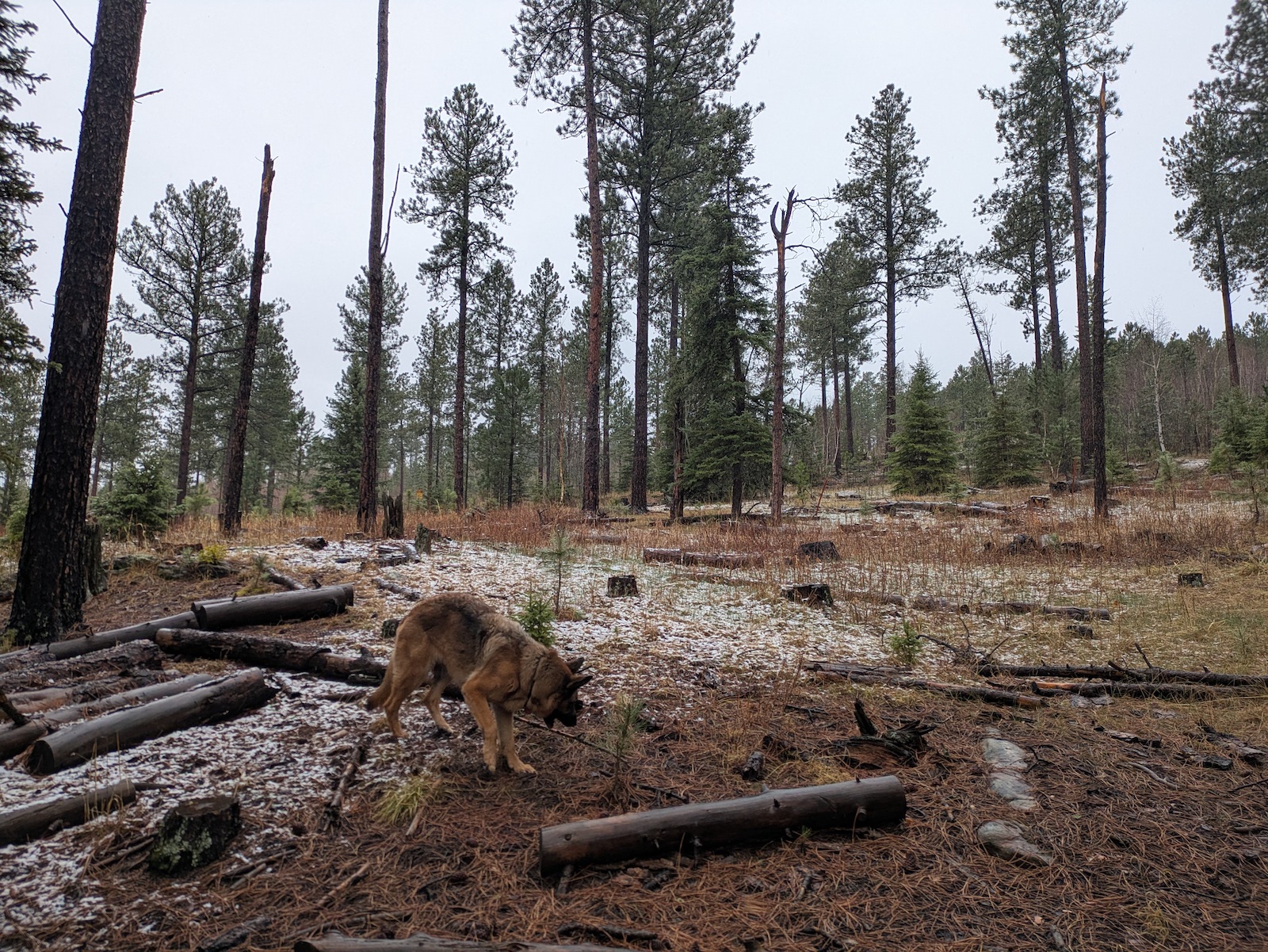Now Reading: Melting Glaciers: Who Gains from the Crisis?
-
01
Melting Glaciers: Who Gains from the Crisis?
Melting Glaciers: Who Gains from the Crisis?

Swift Summary
- The Tulsequah glacier in british Columbia, near Alaska, has significantly retreated, leading to the creation of new lakes and streams that could become prime salmon habitats.
- Glacial retreat is exposing new areas for potential salmon migration but is also unlocking access to significant mineral reserves like gold and copper.
- Mining projects in these areas are being fast-tracked due to soaring metal prices and global demand for resources like copper, critical for renewable energy technologies.
- Some Canadian First Nations have partnered with mining companies for profit-sharing agreements, while others oppose mining advancement due to concerns about ecological impacts on waterways critical to salmon populations.
- Environmentalists and Alaska Native leaders warn of threats posed by acid runoff from past mines (e.g., Tulsequah Chief) and risks related to large-scale future projects near transboundary rivers essential for local economies relying on salmon fishing.
- A Vancouver-based company, Canagold, plans to reopen the New Polaris gold mine along the Tulsequah River; its success hinges partially on approval by local First Nations but lacks agreements with downstream Alaskan Indigenous groups.
Indian Opinion Analysis
India can draw lessons from this scenario as it grapples with balancing economic growth with environmental preservation. Northwest British Columbia exemplifies how climate change-induced transformations (glacial retreats) can concurrently create opportunities (viable habitats) while sparking conflicts over resources like minerals versus customary livelihoods. For India’s Himalayan region-subjected similarly to rapid glacier melt-the question of sustainable management becomes critical.The debate between advancing mining under green energy aims (copper usage in renewables) versus harming ecosystems indicates a need for stringent environmental impact frameworks. Additionally, examples where Indigenous communities assert governance over their lands could inspire approaches respecting India’s tribal population rights amid infrastructure expansion or industrial activity.

























